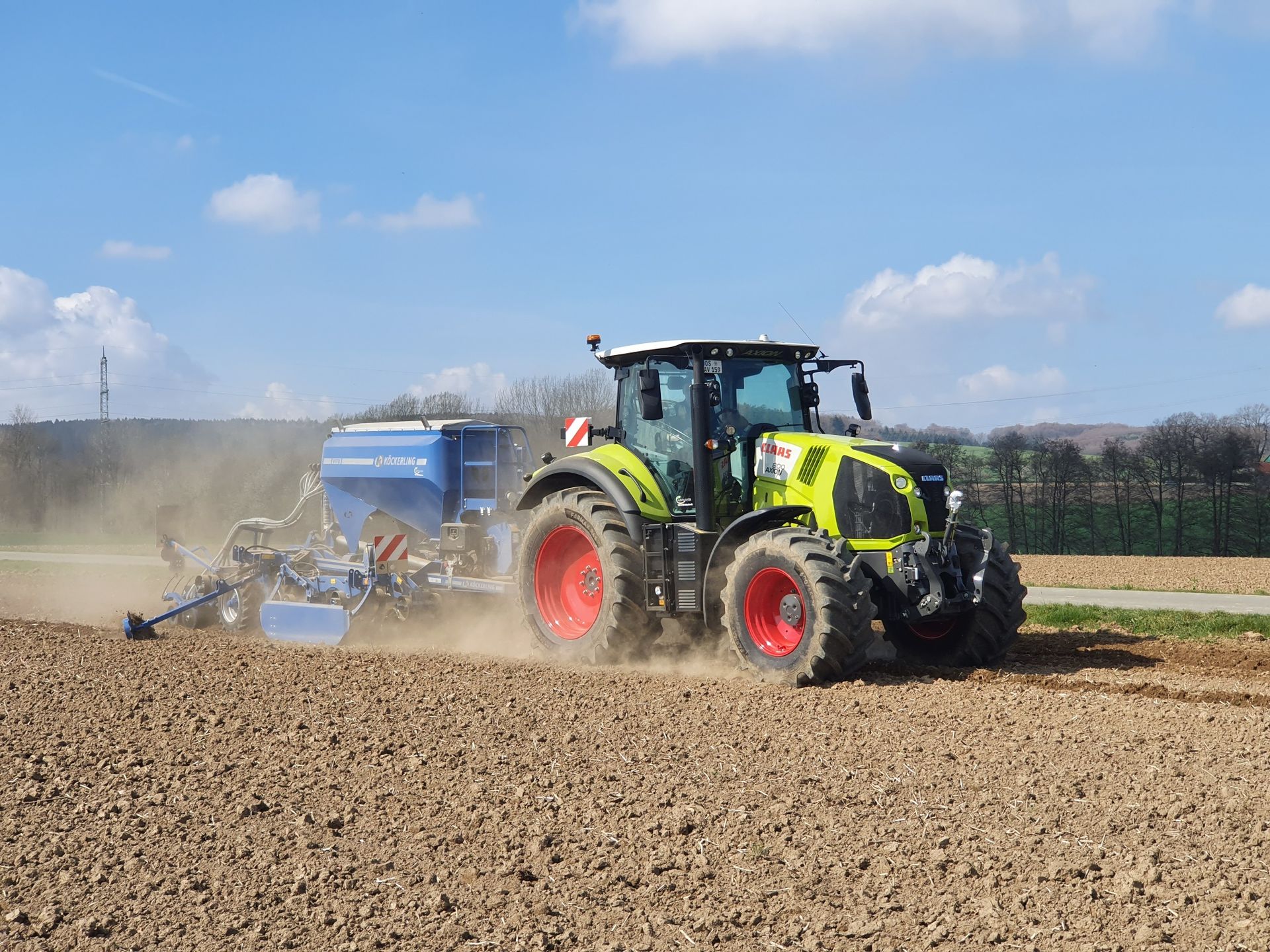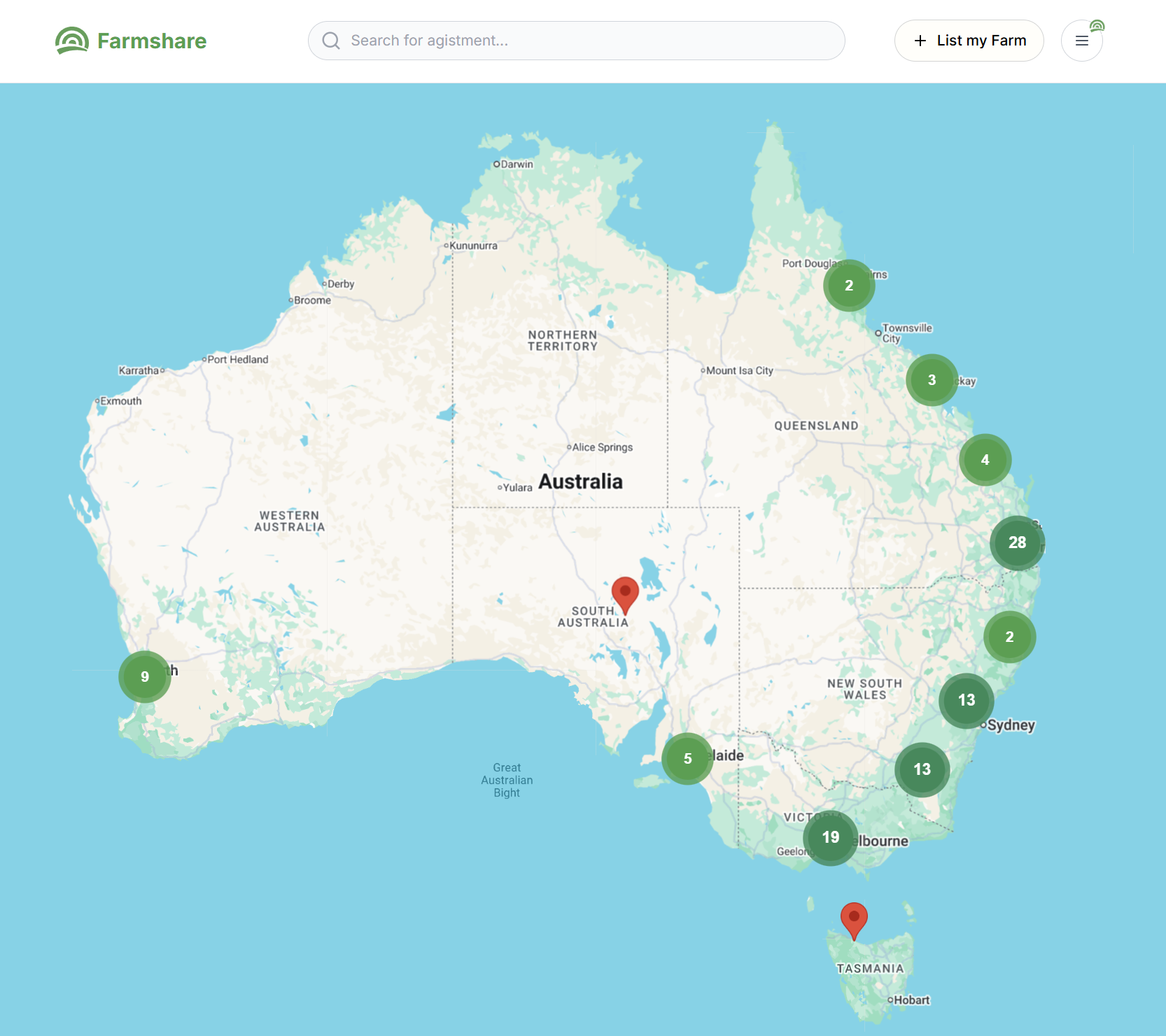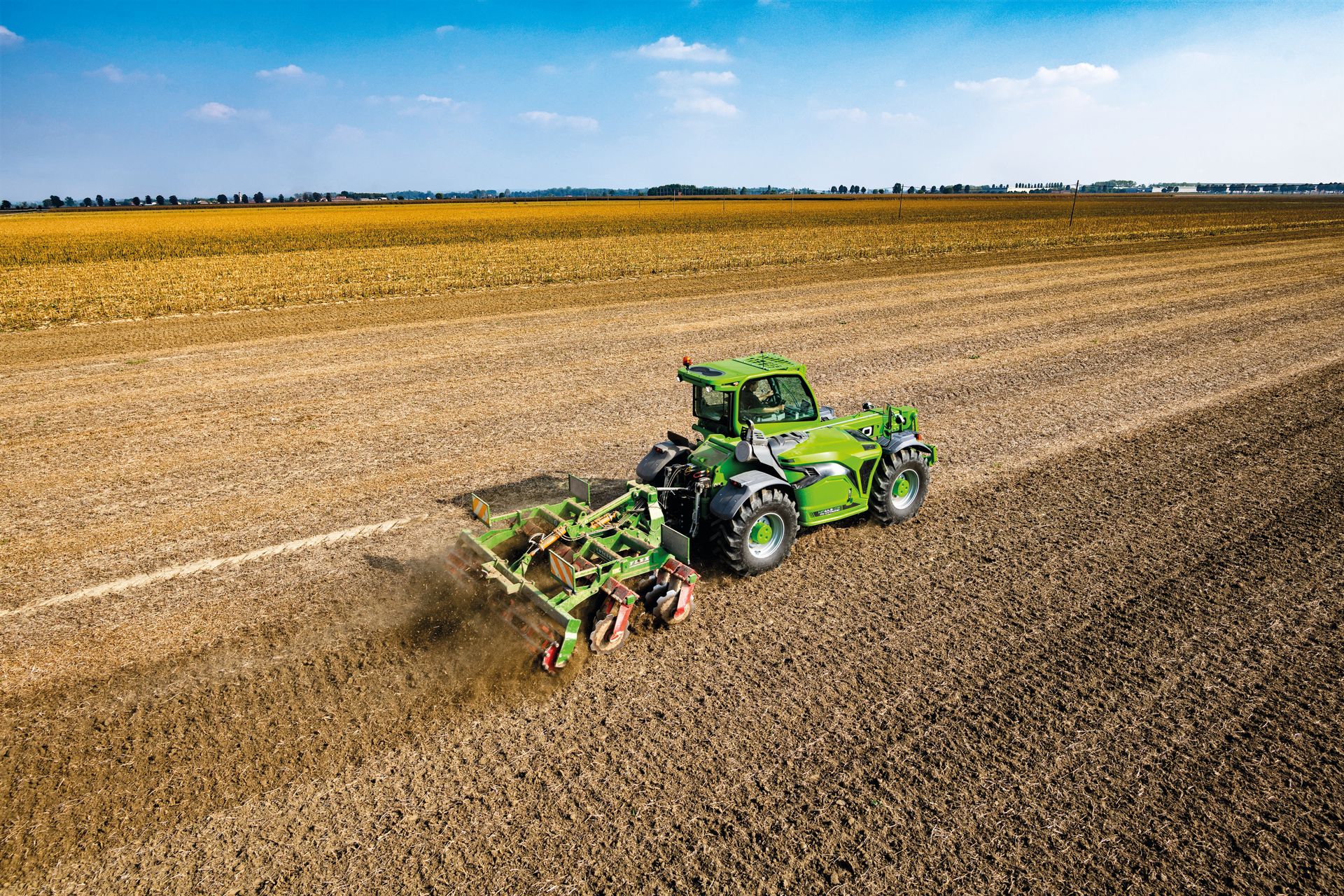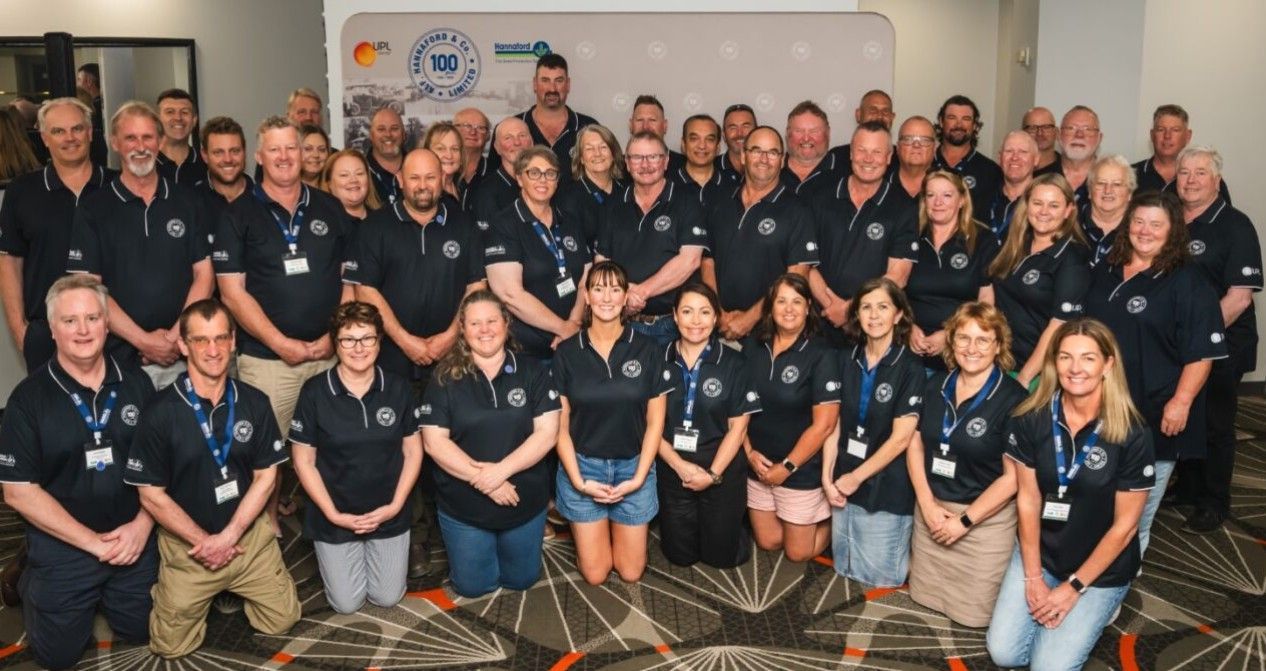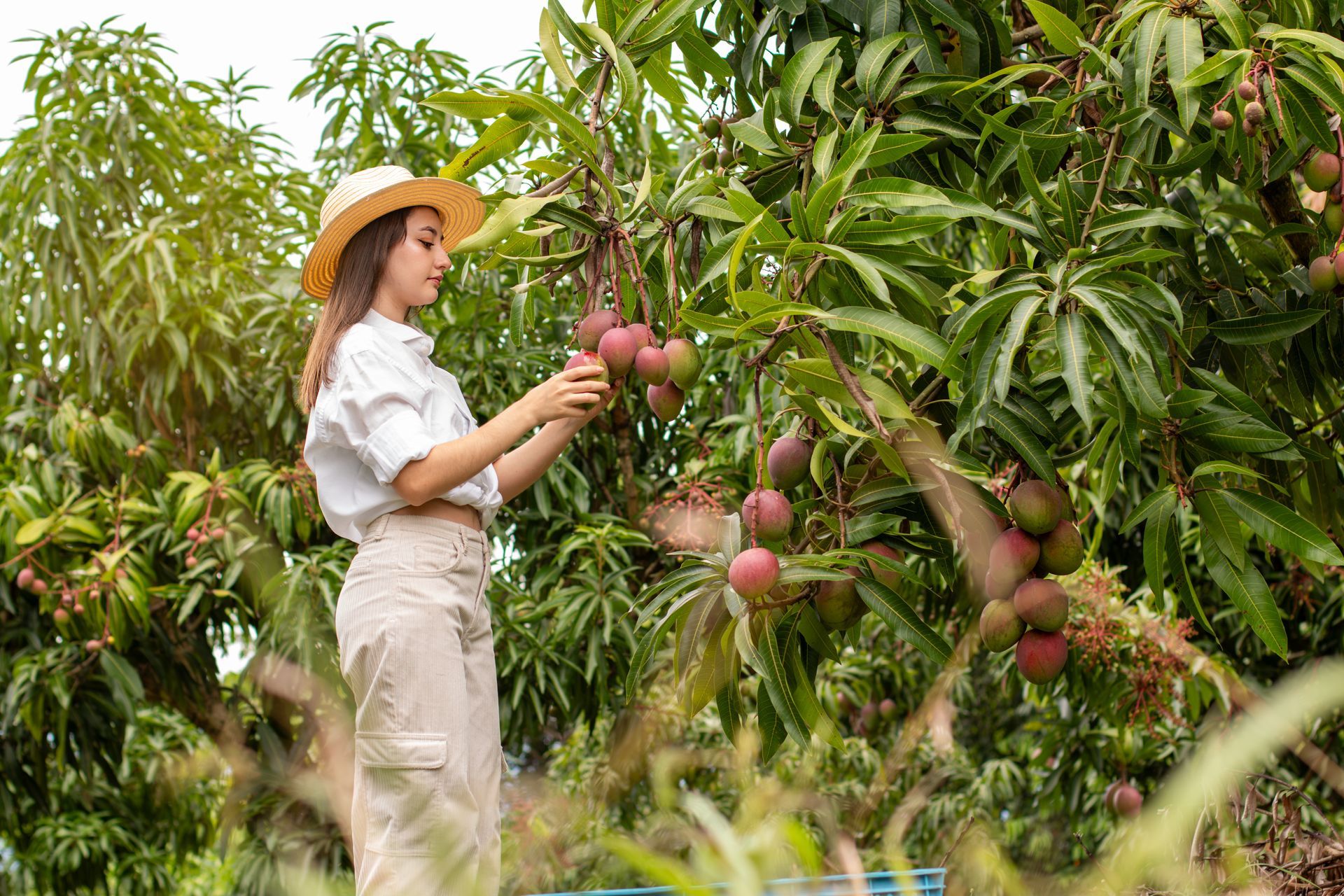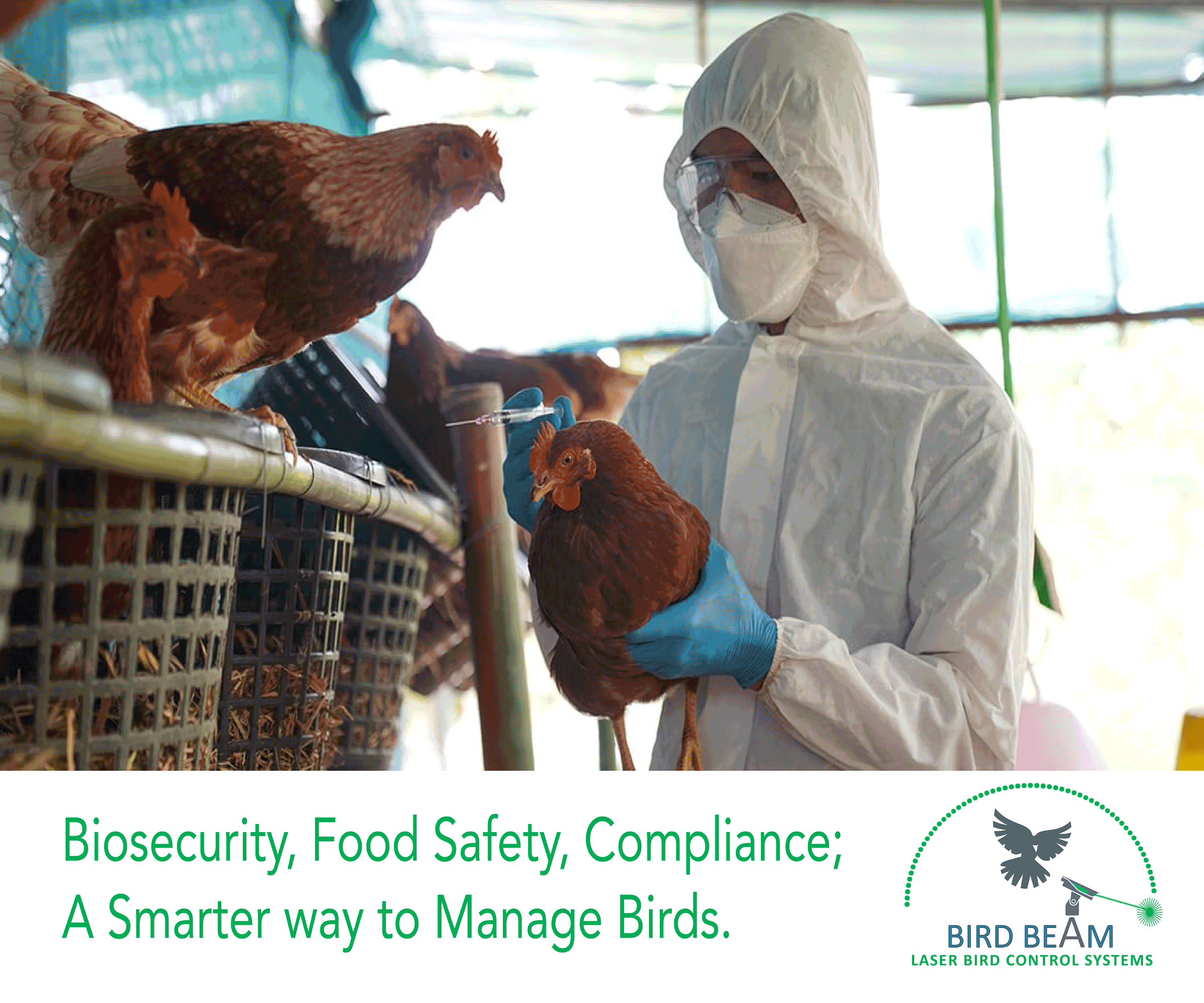1MG FlippingBooks
Changing the approach to agricultural chemicals
Kerry Watts’ family has a history in Australian agriculture that stretches back five generations. This wealth of experience has led him to challenge the accepted mindset regarding chemical applications on crop production and promote an integrated approach to crop management. His company, Growth Agriculture, has developed a unique range of products that allow farmers to maintain a viable enterprise while taking care of the land and environment.
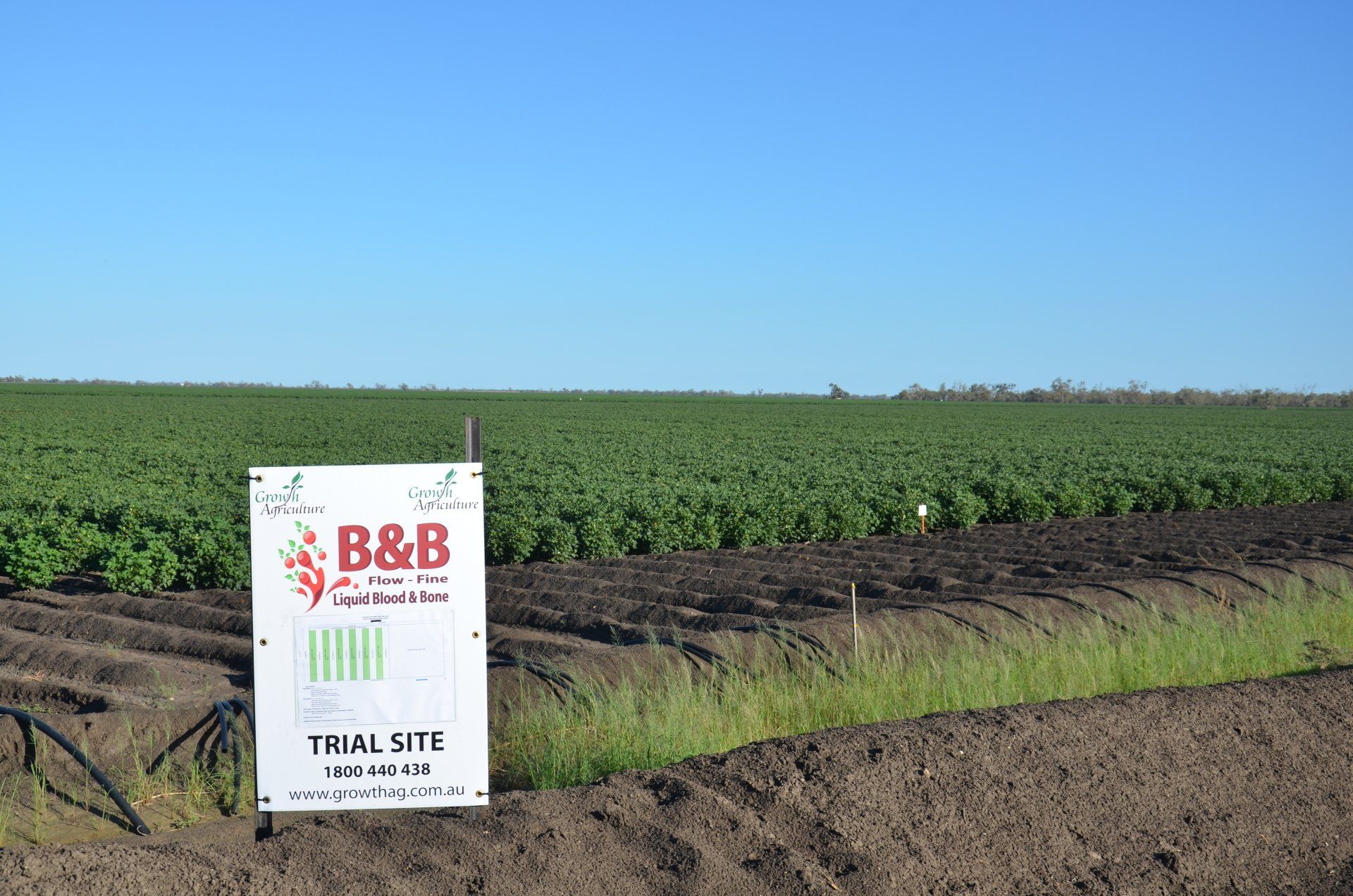
While the practice of integrated pest management – controlling pest populations with a focus on using all available resources (including biological and chemical options) and minimising environmental damage – is broadly accepted by both farmers and agricultural chemical companies now, Kerry has been preaching these principles for over two decades. He believes in a holistic approach to nutrition and plant and animal management on the farm – the guiding principle being that if you have a healthy soil feeding your crops, you’ll end up with a crop that is better able to resist pests and insects and provide feed for healthier animals.
“Integrated pest management is a reasonably popular and accepted practice now, but I believe at Growth Agriculture we were one of the few chemical companies to get stuck into it back in 1992,” says Kerry. “In essence, it’s about reducing our reliance on synthetic fertilisers – if we don’t stop the ‘urea treadmill’, where we use more and more urea every year, then we won’t have a long term viable ag industry in Australia.
“As soon as you start spraying harsh chemistry around, you will have an impact on the environment that disrupts its natural processes. Heavy chemical application might help in the short term, but in the long run it isn’t going to help us feed more people.”
After a long history in the agricultural chemical industry, Kerry and his wife Merre, along with a couple of friends, established Growth Agriculture in 1992 to import, manufacture and sell a range of products focused on foliar nutrition and integrated pest management in crop production. While originally involved in retail of agricultural chemicals, the business quickly shifted to concentrate on manufacturing and importing unique chemistry and products aimed at providing sustainable alternatives to synthetic chemical fertilisers. Growth Agriculture’s products support a system in which predators control insect pests and maintain a true integrated pest management system.
“I really wanted to get away from mainstream chemicals because I had thought for a long time that we needed to change the way we go about improving agricultural production,” says Kerry. “Our approach to insect control and crop nutrition hasn’t been correct – all we seem to do is keep pouring in chemical fertilisers and inputs. Sure, this might improve crop production in the short term, but you’ve got to constantly increase the use of chemicals to do so.”
Growth Agriculture initially focused on integrated pest management using predator attractants and food sources – controlling pest populations by introducing natural predators that attack the harmful insect pests. Rather than spraying a crop to remove pests (and in the process removing the beneficial insects and disrupting the predator/prey balance), predator attractants and food sources build up – and importantly, maintain – the populations of predatory insects that will assist in taking out pests.
While Growth Agriculture still manufactures a predator food source – Pred Feed – the company has extended its range into fertilisers and plant nutrition products with the development of B&B Flow Fine: Liquid Blood and Bone. This product is made from ovine meat and bone meal, which is ground into a liquid solution and provides the minerals and trace elements to ensure healthy soils and plants.
The blood and bone provides organic material, protein, amino acids and cholesterol to feed crops and the soil’s micro-organisms – an integral part of the organic cycle. The soil organisms break down the organic material into humus, release locked up nutrients and improve the retention and release of nitrogen. It also improves the soil structure by creating a biologically active soil for earthworms, soil microbes and bacteria.
Extensive long-term trials of the B&B product were conducted on a cotton farm in northern NSW, and the results showed that application of the blood and bone liquid fertiliser achieved similar yield results to traditional urea, but at a reduced cost and long term benefit to soil fertility. The B&B product also increased nitrogen use efficiency in the cotton crop, allowing growers to reduce their reliance on synthetic nitrogen applications.
Not only is this beneficial for the environment in the long term, but it also has the added benefit of providing farmers with the flexibility to apply and spend money on fertiliser as and when the season allows, as opposed to up front expenditure.
“The trials prove that the use of Liquid Blood and Bone alone, coupled with good management techniques, will compete with a traditional fertiliser regime,” says Kerry. “We have consistently developed similar yields when checked against traditional chemical applications, and generally it has cost less to do so.”
The results may be impressive, but blood and bone-based fertiliser products have been used since at least the 1950s. Growth Agriculture has taken a traditional product, and refined it with constant research and development to improve it and make it relevant in modern farming practices. For Kerry, this constant refining is what he believes keeps Growth Agriculture at the forefront of the industry.
“R&D has to be an ongoing process – if you think you have a perfect product, you’ll fail,” says Kerry. “We keep working on it and pour a lot of money into R&D as we know we need to keep improving.”
Emphasising the company’s focus on R&D is its development – via sister company Innovate Ag – of the world’s first peptide-based pesticide, Sero-X. Innovate Ag is a joint venture of Growth Agriculture and a private investor, operated by Growth Agriculture and established to handle the commercialisation and regulatory process of Sero-X.
Only commercially released this year, Sero-X is a bio-pesticide formulated from the butterfly pea plant that has extremely strong direct toxicity and repellent properties for pests and harmful insects. Developed over the course of nearly two decades of scientific research, Sero-X controls pests without having any impact on non-target insects such as bees or predator insects. With the potential ability to rescue declining bee populations around the globe, Sero-X will be something of a game changer for the agricultural industry. But for Kerry, developments like Sero-X are all just a part of his central philosophy about changing the way we farm.
“It can be hard to talk to a person about a liquid blood and bone product or a peptide-based pesticide and try to convince them not to pour chemical nitrogen into their soil or use traditional synthetic pesticides – often they look at you like you have three heads,” says Kerry.
“More people are looking at integrated pest management and these sorts of solutions now, which means we’ve got a higher chance of finding a better way of doing things. Farmers have to be prepared to work with the natural environment rather than competing against it – our soils are a living, breathing thing, and if we’re going to be successful in the future, we have to let them live and breathe more naturally.”
